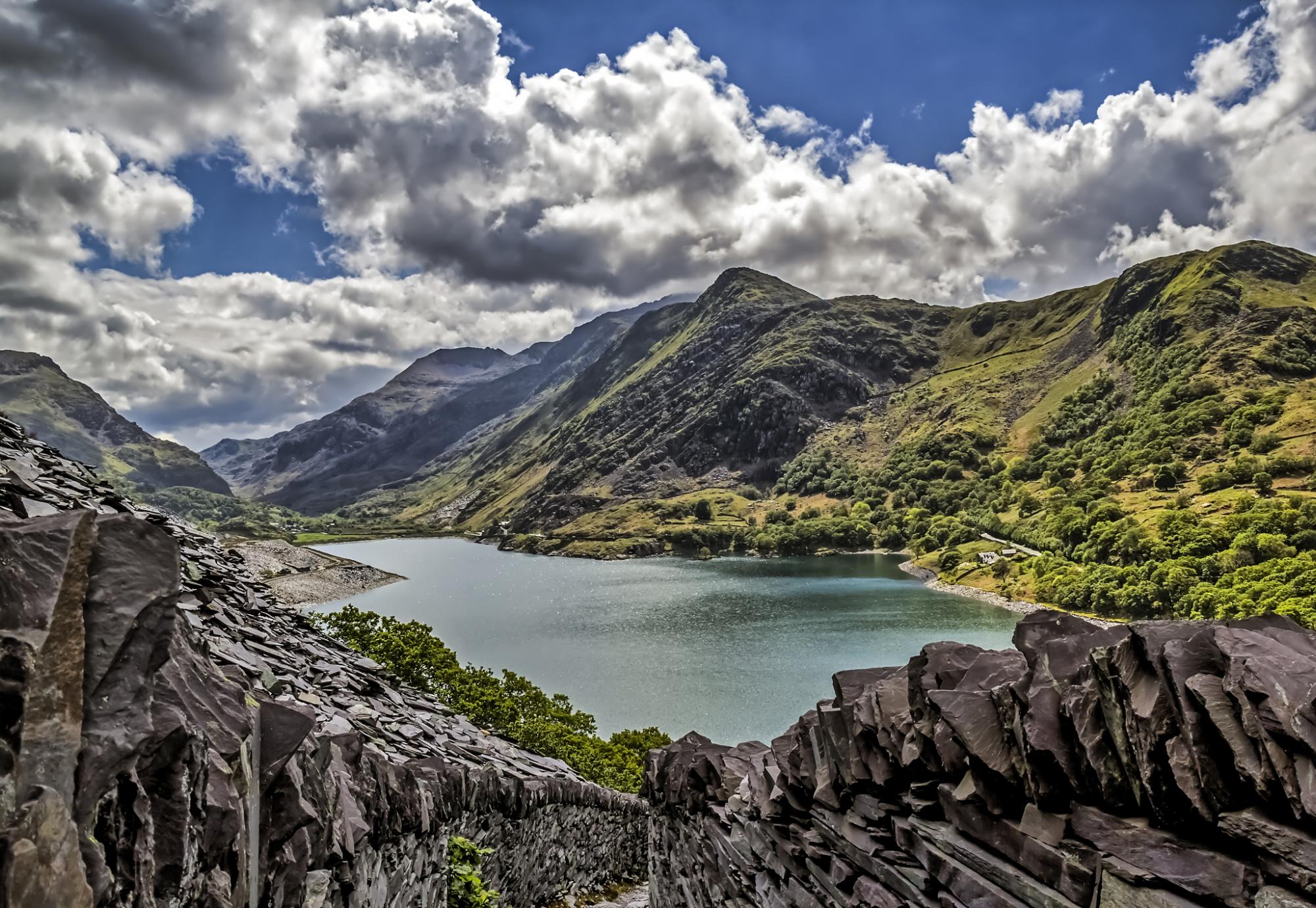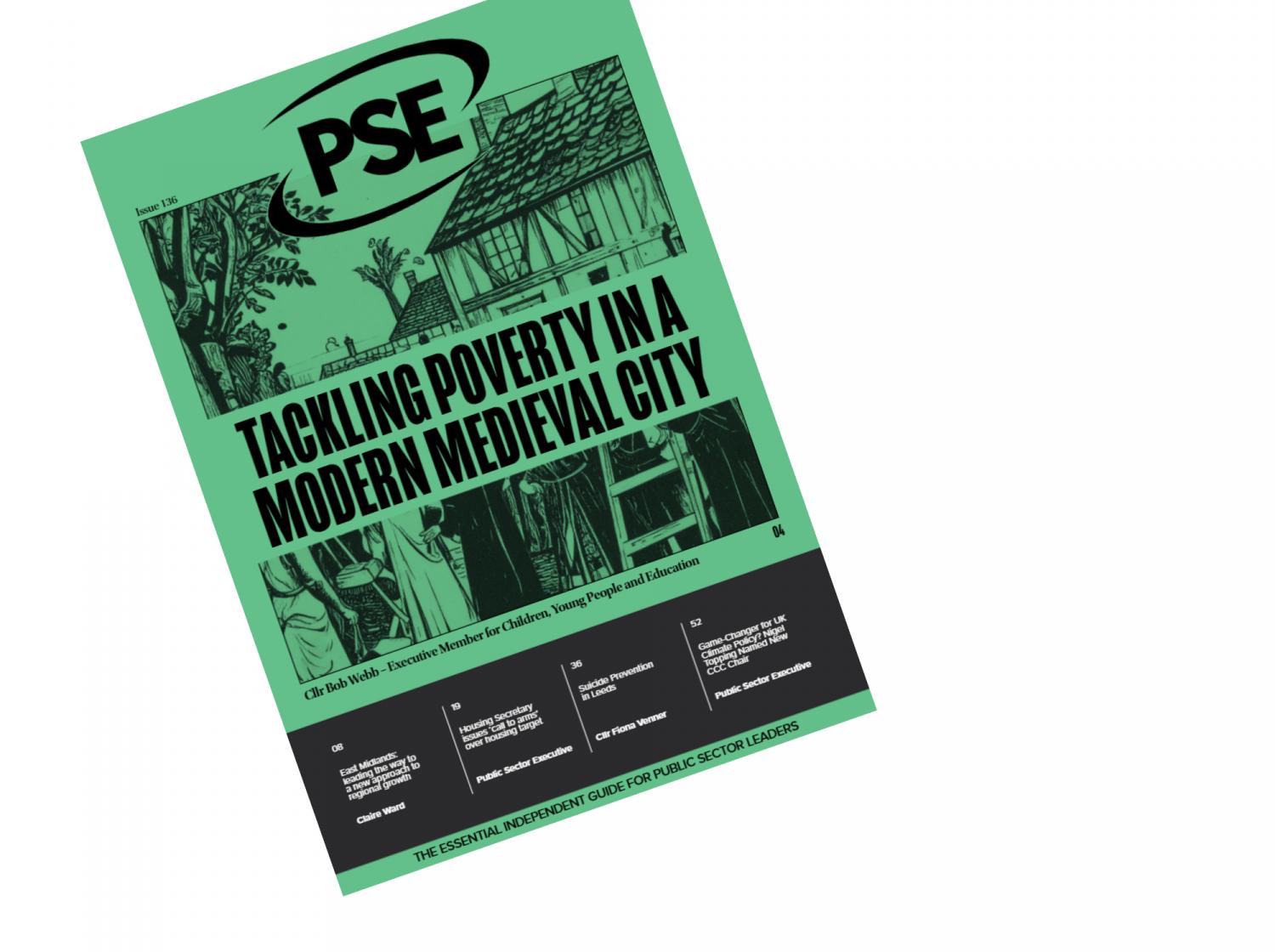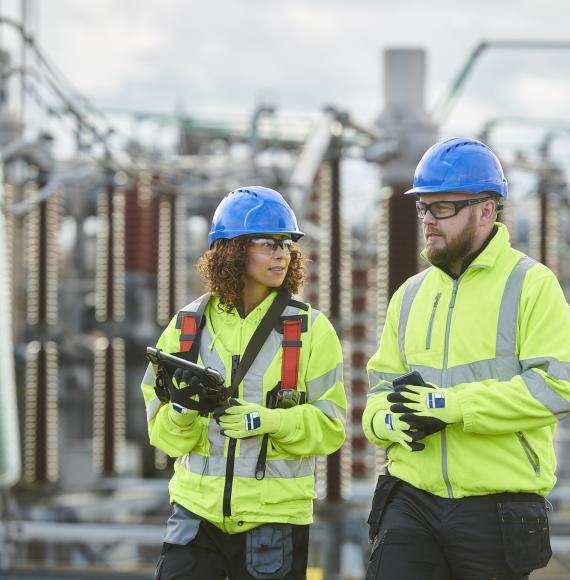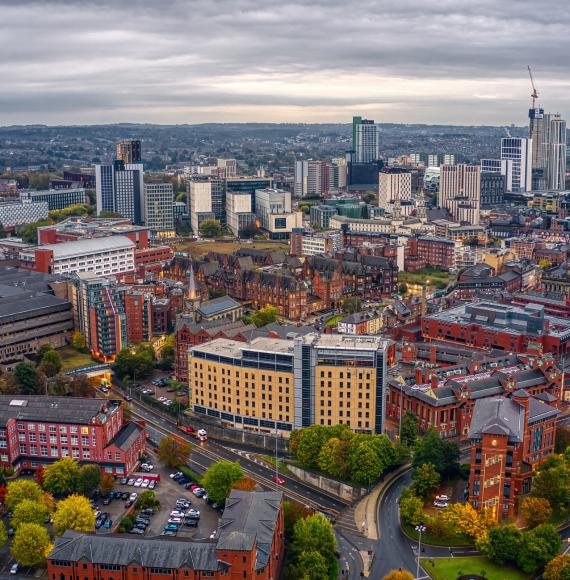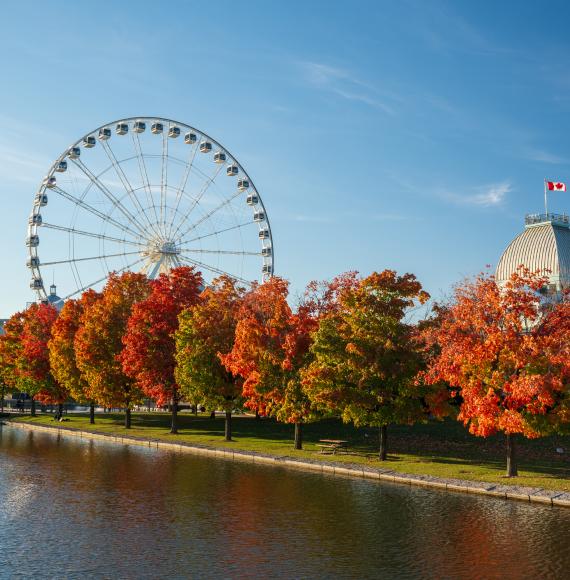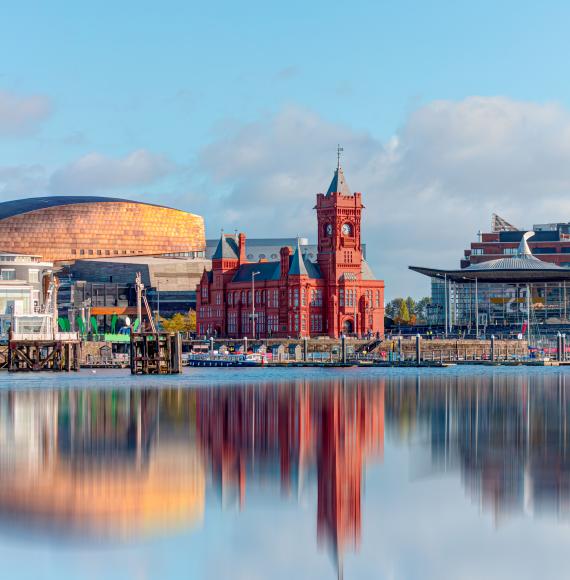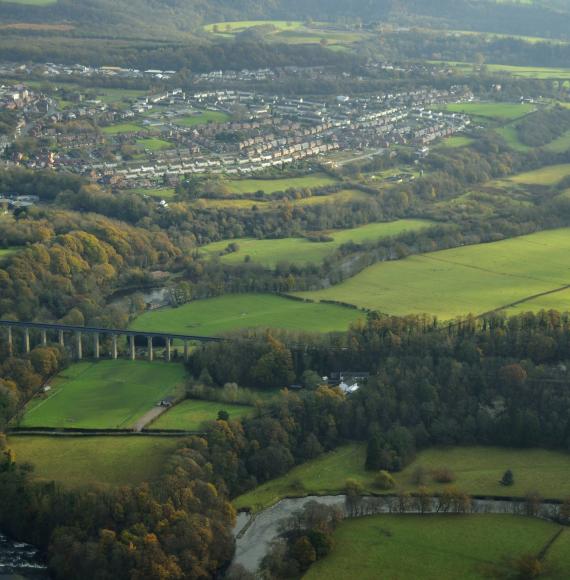The Slate Landscape of Northwest Wales has become the UK’s newest UNESCO World Heritage Site, having been granted the accolade at the 44th session of the World Heritage Committee after a bid led by Gwynedd Council was successful.
The landscape has become the UK’s 32nd UNESCO World Heritage Site and is the fourth in Wales, following the Pontcysyllte Aqueduct, Blaenavon Industrial Landscape and the Castles and Town Walls of King Edward in Gwynedd.
The Welsh Slate Landscape, which runs through Gwynedd, became the world leader for the production and export of slate in the 1800s.
Slate has been quarried in the area for over 1,800 years and had been used to build parts of the Roman fort in Segontium in Caernarfon and Edward I’s castle in Conwy.
However, it wasn’t until the industrial revolution that demand surged as cities across the world expanded with slate from the mines at Gwynedd being widely used to roof workers’ homes, public buildings, places of worship and factories.
By the 1890s, the Welsh slate industry employed approximately 17,000 workers and produced almost 500,000 tonnes of slate a year, around a third of all roofing slate used in the world in the late 19th century.
The industry had a huge impact on global architecture, with Welsh slate used on a number of buildings, terraces and palaces across the globe.
These include Westminster Hall in London’s Houses of Parliament, the Royal Exhibition Building in Melbourne, Australia and Copenhagen City Hall in Denmark.
In 1830, half the buildings in New York had roofs made of Welsh slate.
Centuries of mining in the area transformed the landscape on a monumental scale, with the inscription reflecting the important role the region played in ‘roofing the 19th century world’.
Commenting, Leader of Gwynedd Council, Councillor Dyfrig Siencyn said:
“Gwynedd Council is extremely proud to be the lead body for the Slate Landscape of Northwest Wales.
“The legacy of the quarries remains extremely evident around us from the striking landscape, the industrial buildings and steam railways to our villages and towns.
“Not only is the influence of the quarrying industry visible, but its heritage is still heard strongly in the language, traditions and rich histories of these areas.
“Our aim is to celebrate this heritage and landscape and recognise their historic and industrial importance to humankind in order to create opportunities for the future.”
The UK Government’s Heritage Minister, Caroline Dinenage added:
“UNESCO World Heritage Status is a huge achievement and testament to the importance this region played in the industrial revolution and Wales’ slate mining heritage.
“I welcome the prospect of increased investment, jobs and a better understanding of this stunning part of the UK.”
PSE will be hosting a Public Sector Decarbonisation event on 9 September. Join us for the full day event by registering here.
